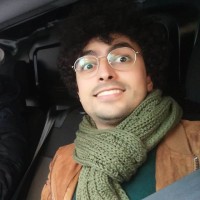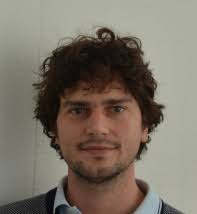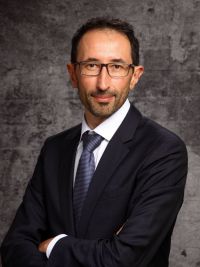
Title: Spatiotemporal Modeling of Wireless Networks
Date and Place: 26 / 11 / 2020 14:00 – https://bbb.tuxlab.net/b/mal-ngv-xm6-qgd
Speaker: Howard Yang (Zhejiang University, China)
Host: Maracas
Abstract:
The rapid growth of wireless applications has brought along new challenges for the next generation network, which is expected to manage a massive number of devices in real-time under a highly dynamic environment. To give an adequate response, it is of necessity to develop an analytical model with which designers can build intuitions, grasp insights, and identify critical issues. In this talk, I will describe a framework for the analysis of large-scale wireless networks in which the transceivers interact with each other through the interference they caused and hence are correlated in both space and time. The analysis straddles stochastic geometry and queueing theory to cope with the issues of spatially interacting queues, and arrive at handy expressions for the SINR distribution. As a result, a wide variety of systems/architecture can be devised based on this theoretical foundation. Specifically, I will demonstrate how to adopt such a mathematical model to the analysis of two particular network metrics, i.e., the packet delay and age of information, and the subsequent network deployment guidelines based on the analytical results.
Biography:
Howard Hao Yang received the B.Sc. degree in Communication Engineering from Harbin Institute of Technology (HIT), China, in 2012, and the M.Sc. degree in Electronic Engineering from Hong Kong University of Science and Technology (HKUST), Hong Kong, in 2013. He earned the Ph.D. degree in Electrical Engineering from Singapore University of Technology and Design (SUTD), Singapore, in 2017, and stayed three years as a postdoc. He is now an assistant professor with the ZJU-UIUC Institute, Zhejiang University. Dr. Yang’s background also features appointments at the Princeton University in 2018 – 2019, and the University of Texas at Austin in 2015 – 2016. His research interests cover various aspects of wireless communications, networking, and signal processing, currently focusing on the modeling of next-generation wireless networks, age of information, and federated learning.









